
There is a multitude of choices when buying a laptop that may seem a bit daunting at first, but there are only a few important considerations for most users at home or at the office. In this article, I will focus on the needs of the home or business laptop buyer. Players and those who use intensive graphics software such as 3D modeling programs may have higher requirements than those mentioned here and will likely need graphics cards and high-end processors. If you follow my recommendations, you should be able to buy a laptop that meets all the needs of your home or office for less than $1,000.
When buying a laptop, it is important to consider the processor or CPU, RAM or RAM, HDD storage capacity and LCD monitor. Secondary considerations are the network interface card, the optical disk drive, and the graphics card. If you travel frequently with your laptop, battery life and weight are also important considerations.
CPU- The Central Processing
 Nowadays, most laptops are equipped with a single or dual-core processor. Some low-cost notebooks come with a single-core processor that is suitable for basic computing, but I recommend you purchase a dual-core processor such as the AMD Turion 64 processor or the Intel Core 2 Duo processor. Although a bit more expensive than a single-core processor, a dual-core processor will ensure that you have a laptop that will meet your computing needs for the next few years.
Nowadays, most laptops are equipped with a single or dual-core processor. Some low-cost notebooks come with a single-core processor that is suitable for basic computing, but I recommend you purchase a dual-core processor such as the AMD Turion 64 processor or the Intel Core 2 Duo processor. Although a bit more expensive than a single-core processor, a dual-core processor will ensure that you have a laptop that will meet your computing needs for the next few years.
You will see the processor evaluated according to the speed in GHz, for example, 1.3 GHz, 2.26 GHz, etc. Do not worry too much about speed, because speed in GHz is not the best indicator of CPU performance, especially when you compare CPUs from different manufacturers or even different models from the same manufacturer. As long as you choose a dual-core processor, the speed should be ample.
Memory
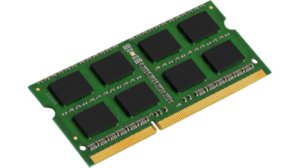 In this case, memory refers to RAM or random access memory. RAM is evaluated based on the storage capacity in bytes and has evolved rapidly in recent years. Modern computers have a RAM measured in gigabytes (GB), or 1,000,000,000,000 bytes! Operating systems and many common software programs consume a lot of memory, which makes memory requirements just as important as the choice of processor, or more.
In this case, memory refers to RAM or random access memory. RAM is evaluated based on the storage capacity in bytes and has evolved rapidly in recent years. Modern computers have a RAM measured in gigabytes (GB), or 1,000,000,000,000 bytes! Operating systems and many common software programs consume a lot of memory, which makes memory requirements just as important as the choice of processor, or more.
You will see the memory most often described as DDR2 or DDR3, DDR3 being the best. Personally, I did not notice much difference between DDR2 and DDR3 performance. Just make sure you have enough memory when you buy a laptop. Look for at least 2GB of memory at a minimum.
Hard Disk
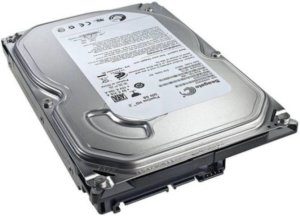 The hard drive is the storage medium for your computer, whether it is a desktop computer or a laptop. It is also measured in gigabytes. Get at least 160 GB. Hard disk storage capacity is one of the least expensive features to upgrade. Therefore, if you can get more, up to 500 GB, which is more storage capacity than you will probably use.
The hard drive is the storage medium for your computer, whether it is a desktop computer or a laptop. It is also measured in gigabytes. Get at least 160 GB. Hard disk storage capacity is one of the least expensive features to upgrade. Therefore, if you can get more, up to 500 GB, which is more storage capacity than you will probably use.
Remember that if you have a laptop with a lower hard disk storage capacity, you can always upgrade it later or get an external hard drive. The hard drives are also rated by the number of revolutions per minute, which indicates the speed of the drive, the most common being 5400 rpm and 7200 rpm. 5400 rpm is suitable for most uses.
Monitor
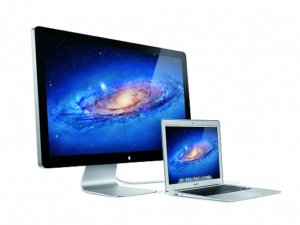 Laptop screens are LCD or LCD screens. Computer screens are measured diagonally. LCD displays for laptops with a size of about 14 to 15 inches are the most common. 15 inches or more is a good compromise between size and display quality and is suitable for most uses. 16-inch, 17-inch, and larger screens are available, but at a higher cost. A larger monitor will probably give you a better image, but will of course also mean a larger laptop, which will increase the weight and reduce the portability. Smaller monitors are also available.
Laptop screens are LCD or LCD screens. Computer screens are measured diagonally. LCD displays for laptops with a size of about 14 to 15 inches are the most common. 15 inches or more is a good compromise between size and display quality and is suitable for most uses. 16-inch, 17-inch, and larger screens are available, but at a higher cost. A larger monitor will probably give you a better image, but will of course also mean a larger laptop, which will increase the weight and reduce the portability. Smaller monitors are also available.
Again, there is a trade-off between the size and quality of the screen. The quality of the image is measured in pixels as displayed horizontally and vertically, for example, 800 x 600, 1024 x 768, etc., the highest figure indicating better resolution. Look for a resolution of 1024 x 768 or higher.
Network card
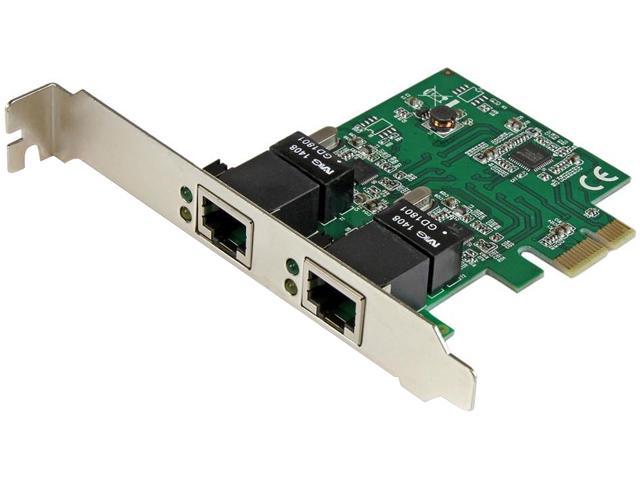 If you plan to connect to the Internet with a wireless interface, at home or in public, you will need a network interface card, also called a network card. Until recently, many network interface cards were connected externally, but most laptops have an internal network card. When reviewing the notebook specifications, verify that the network card is 802.11g compliant. This should not be a problem with a recently made laptop.
If you plan to connect to the Internet with a wireless interface, at home or in public, you will need a network interface card, also called a network card. Until recently, many network interface cards were connected externally, but most laptops have an internal network card. When reviewing the notebook specifications, verify that the network card is 802.11g compliant. This should not be a problem with a recently made laptop.
Optical reader
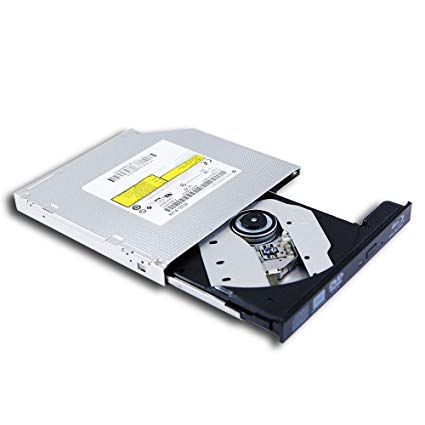 Optical drives were commonly used on all laptops, and they are still used on many others, although some of the smaller models omit the optical drive to gain size. The theory is that you can play music or videos directly from the internet or from a flash drive, thus making the optical drive useless.
Optical drives were commonly used on all laptops, and they are still used on many others, although some of the smaller models omit the optical drive to gain size. The theory is that you can play music or videos directly from the internet or from a flash drive, thus making the optical drive useless.
However, if you want to burn or read CDs or DVDs, or load or run software from a CD, you will need an optical drive. There are a number of different specifications for optical drives. For example, you might see specifications such as 8X DVD R / RW with dual layer media. 8X refers to the speed of the player, which varies by model and whether the DVD is read-only or read/write.
The higher the number, the better, look for 8X or more. R means that the player can play DVDs and CDs, RW means that the player can read and write on CDs and DVDs. If you plan to burn CDs and DVDs, you must have a drive with an RW specification.
Dual layer support means that the player can play double-sided DVDs. All the features I just mentioned should be common to all brand new laptops you buy that include an optical drive, so do not worry too much. Do not upgrade the additional cost of Blu-ray technology unless you have a high-end LCD monitor. For your basic LCD monitor, you will probably not notice any significant improvement.
Graphics card
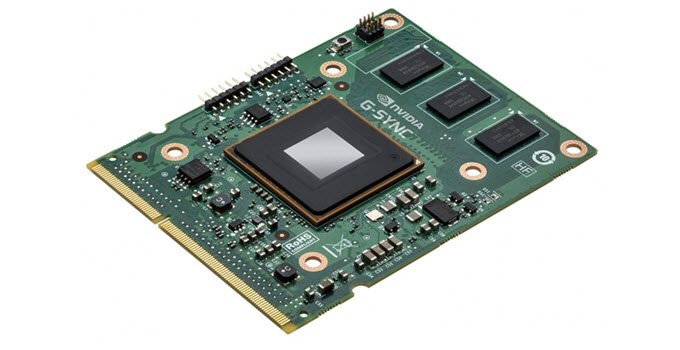 Your laptop will come with a graphics card built into the motherboard. The graphics card provided with branded laptops, which meet the other requirements I mentioned above, should be sufficient for most everyday uses. Frankly, you do not have many choices to make, this is an area in which laptops are lagging behind desktop computers.
Your laptop will come with a graphics card built into the motherboard. The graphics card provided with branded laptops, which meet the other requirements I mentioned above, should be sufficient for most everyday uses. Frankly, you do not have many choices to make, this is an area in which laptops are lagging behind desktop computers.
If you are running intensive graphics programs such as games or 3D modeling programs, you will need a high-end graphics card with dedicated memory, such as the ATI Radeon 1000 series or NVIDIA GeForce 8000.
A high-end graphics card quality will increase the price of your laptop considerably, so if you plan to use your computer primarily for games and portability is not a necessity, you may want to consider getting a desktop. Desktop computers are usually cheaper and you can allocate more of your budget to the graphics card.
Battery
 Batteries are sorted by the hour of life, making battery comparison one of the easiest problems when buying a laptop. While this is not so important for those who plan to use their laptop primarily in a particular location, this is becoming a major concern for those who are traveling, especially business travelers. The life of the battery varies greatly depending on the model and the manufacturer.
Batteries are sorted by the hour of life, making battery comparison one of the easiest problems when buying a laptop. While this is not so important for those who plan to use their laptop primarily in a particular location, this is becoming a major concern for those who are traveling, especially business travelers. The life of the battery varies greatly depending on the model and the manufacturer.
Therefore, if you travel a lot with a laptop, pay close attention to battery life. Most batteries will last between 2 and 6 hours, although more durable batteries are available. A battery with a longer life will probably be bigger and will be heavier. Be aware that the life of the battery indicated by the manufacturer is in optimal conditions. Your actual results may vary depending on usage. Playing a DVD consumes more power than creating a spreadsheet, for example.
And that’s my laptop buying guide. One last tip, get the best RAM and the best processor possible. Skimp on other features if you have to. RAM and processor are the two main factors that determine the performance of your laptop. Standards are constantly improving in the IT sector and you want to get the best computer you can afford at the time of your purchase, so your laptop does not become obsolete too soon.
The author explains some of the thoughts you will need to consider when buying a new laptop. If you need more information on tips for buying new laptops, there we’ll be able to answer some more questions you can ask yourself.

